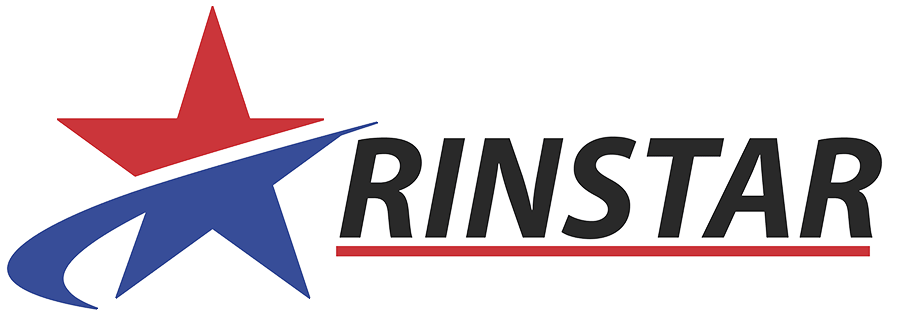In the renewable fuel industry, Renewable Identification Numbers (RINs) are essential for tracking compliance with the RFS. Assigned to each batch of qualifying biofuel, these unique codes support the transition to cleaner energy and help reduce reliance on fossil fuels. At RINSTAR, we created this article to provide a clear and accessible introduction to RINs—especially for those new to the RFS program, where reliable resources can be hard to find. If any part of this article feels complex, don’t worry—our platform is designed to handle every aspect of RIN management. Details on how to request a demo are available at the end of the article.

A Quick History of RINs
RINs were introduced under the Energy Policy Act of 2005 and significantly expanded through the Energy Independence and Security Act of 2007 (EISA). The updated program, known as RFS2, launched in 2010 and brought the RIN system to life. Each RIN is a 38-character alphanumeric code that follows a batch of renewable fuel throughout its lifecycle—from production or import, all the way to blending with conventional fuels like gasoline or diesel.What Does a RIN Look Like?
The EPA structures each RIN using the following format:KYYYYCCCCFFFFFBBBBBRRDSSSSSSSSEEEEEEEE
Here’s what each section means:- K: Indicates if the RIN is assigned (K1) or separated (K2)
- YYYY: Year of production
- CCCC: Company ID
- FFFFF: Facility ID
- BBBBB: Batch number
- RR: Equivalence value (how much renewable fuel = 1 RIN)
- D: Fuel category (e.g., D4, D5, D6)
- SSSSSSSS to EEEEEEEE: Range of gallon-RINs for the batch

RIN Codes You Should Know
- Assigned RINs (K1) – Stay attached to the fuel they were generated with
- Separated RINs (K2) – Have been detached from fuel and can be traded independently
- RNG RINs (K3) – Specific to Renewable Natural Gas
- Qualified RINs (Q-RINs) – Independently verified under EPA’s Quality Assurance Program
- Unverified RINs – Have not been audited and carry greater compliance risk
How RINs Work in Practice
RINs follow a consistent lifecycle that includes:- Generation – Created when fuel is produced or imported
- Buying & Selling – Exchanged between parties in the market
- Separation – Detached from the physical fuel for individual trade
- Retirement – Used to fulfill compliance obligations or regulatory actions
Generating RINs
Before generating RINs, producers and importers must register with the EPA through its Moderated Transaction System (EMTS). Once registered, RINs are generated based on:- Volume of the batch
- D-code, which reflects the feedstock type, production process, and greenhouse gas (GHG) reduction
- Ethanol (D6) = 1 RIN per gallon
- Biodiesel (D4) = 1.5 RINs per gallon
- Renewable Diesel (D4) = 1.7 RINs per gallon
